End of an era: Aston Martin delivers the DB9 GT
The delivery of the DB9 GT was somewhat bittersweet. Many Aston Martins have passed through our hands over the years but of them all, the DB9 has always been Wallpaper*’s favourite. The new GT is the run-out model of a car that began life in the design studio at the turn of the century, before debuting at the Frankfurt Motor Show in 2003. In its 12-year lifespan the DB9 has evolved in almost every respect – upgraded engine, gearbox, interior, trim, body panels – but it is still the same fundamental machine that wowed the world when it first arrived. Now the line is finally ending.
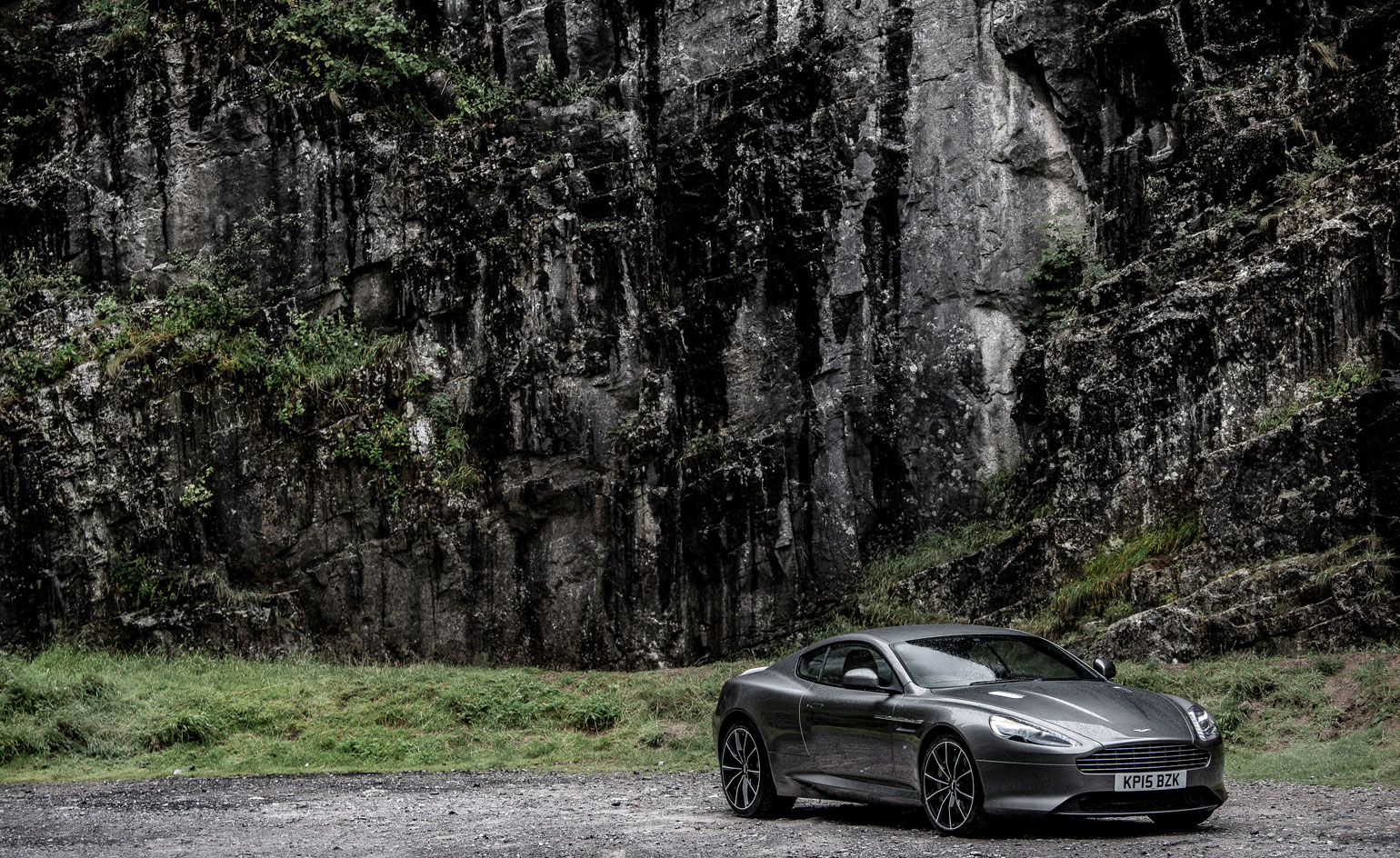
The delivery of the DB9 GT was somewhat bittersweet. Many Aston Martins have passed through our hands over the years but of them all, the DB9 has always been Wallpaper’s favourite. The new GT is the run-out model of a car that began life in the design studio at the turn of the century, before debuting at the Frankfurt Motor Show in 2003. In its 12-year lifespan the DB9 has evolved in almost every respect – upgraded engine, gearbox, interior, trim, body panels – but it is still the same fundamental machine that wowed the world when it first arrived. Now the line is finally ending.
It says a lot about the essential rightness of those first cars that age has done nothing to dim their visual impact. When it was new, the DB9 was hailed as one of the most beautiful cars ever designed. Created by Ian Callum, lightly enhanced by Henrik Fisker and subsequently overseen by Aston Martin’s current chief creative officer Marek Reichman, the DB9 GT can still lay substantial claim to being the best-looking car you can buy.
Despite its status as an ‘instant classic’ there’s nothing old fashioned about the way the GT drives. The balance, response and feel of this grand tourer has always been second to none and the Aston Martin interior feels like a rich, cosseting embrace, regardless of how many times you get into the car. The DB9 is at its best (as well as its noisiest) with ‘sport ‘ mode selected – turn it off if you want to roll around in a stealthier fashion. The suspension is firm but not uncomfortably so, and the overall ambience is luxurious and smooth. Endless reserves of power are expected and delivered; although unlike its smaller, more aggressive V8 sibling, the DB9 is happier cruising at speed than tearing up tarmac into strips.
There are areas where technology has overtaken this car – in particular, the ergonomics, IT and switchgear all feel rather last generation. And although Aston Martin’s 6.0 litre has been the spiritual and physical heart of the DB9 since the beginning, we’re hoping its prodigious thirst will be somewhat tamed when it’s re-engineered for installation in the forthcoming DB11.
Will that car command the same affection as the evergreen DB9? The outgoing model will leave at the height of its power, gracefully exiting the party before anyone has tired of its presence. The DB11 has a big act to follow.
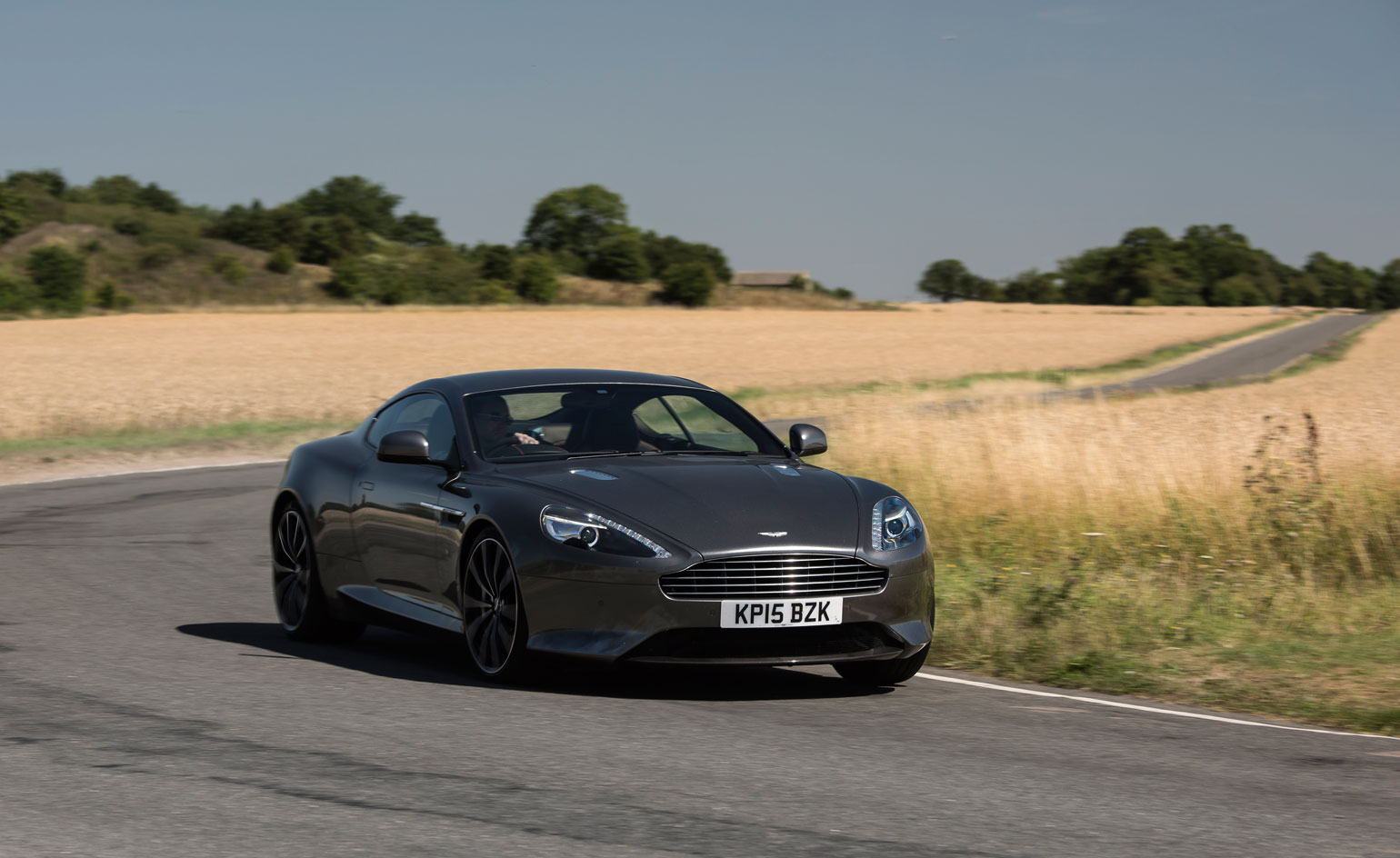
It says a lot about the essential rightness of those first cars that age has done nothing to dim their visual impact
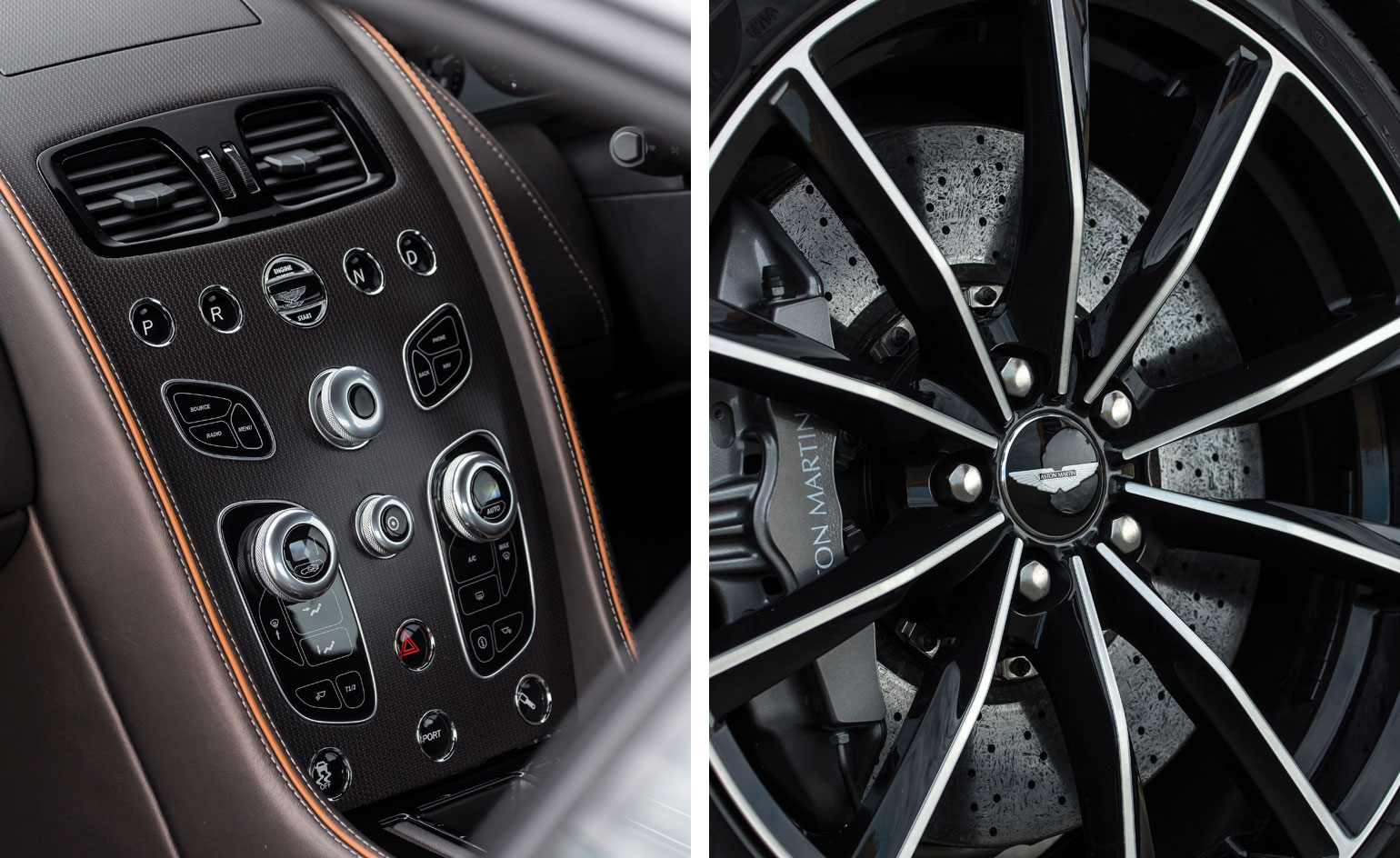
With its seductive styling, the DB9 GT can still lay substantial claim to being the best-looking car you can buy
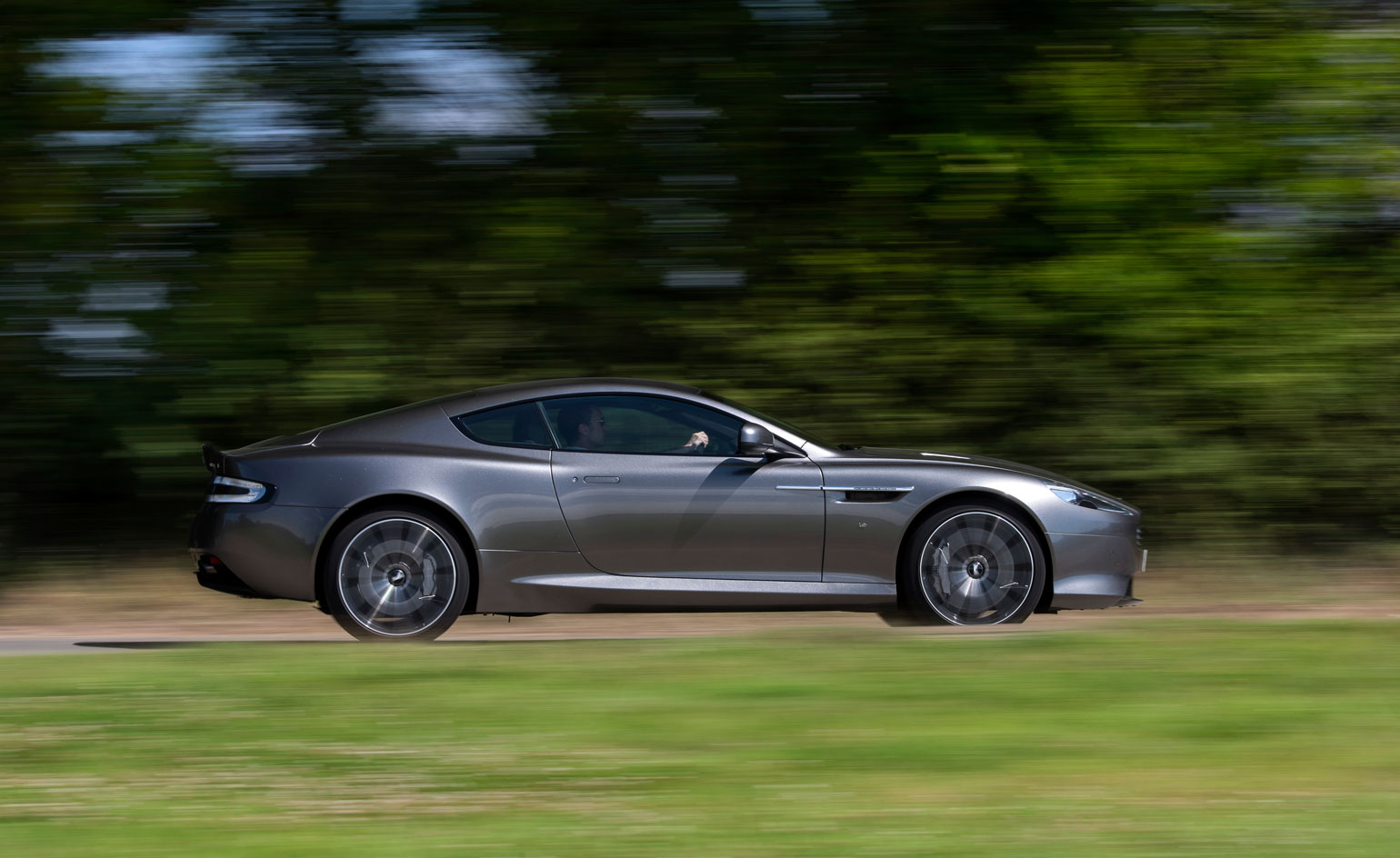
The DB9 is at its best (as well as its noisiest) with ‘sport ‘ mode selected – turn it off if you want to roll around in a stealthier fashion
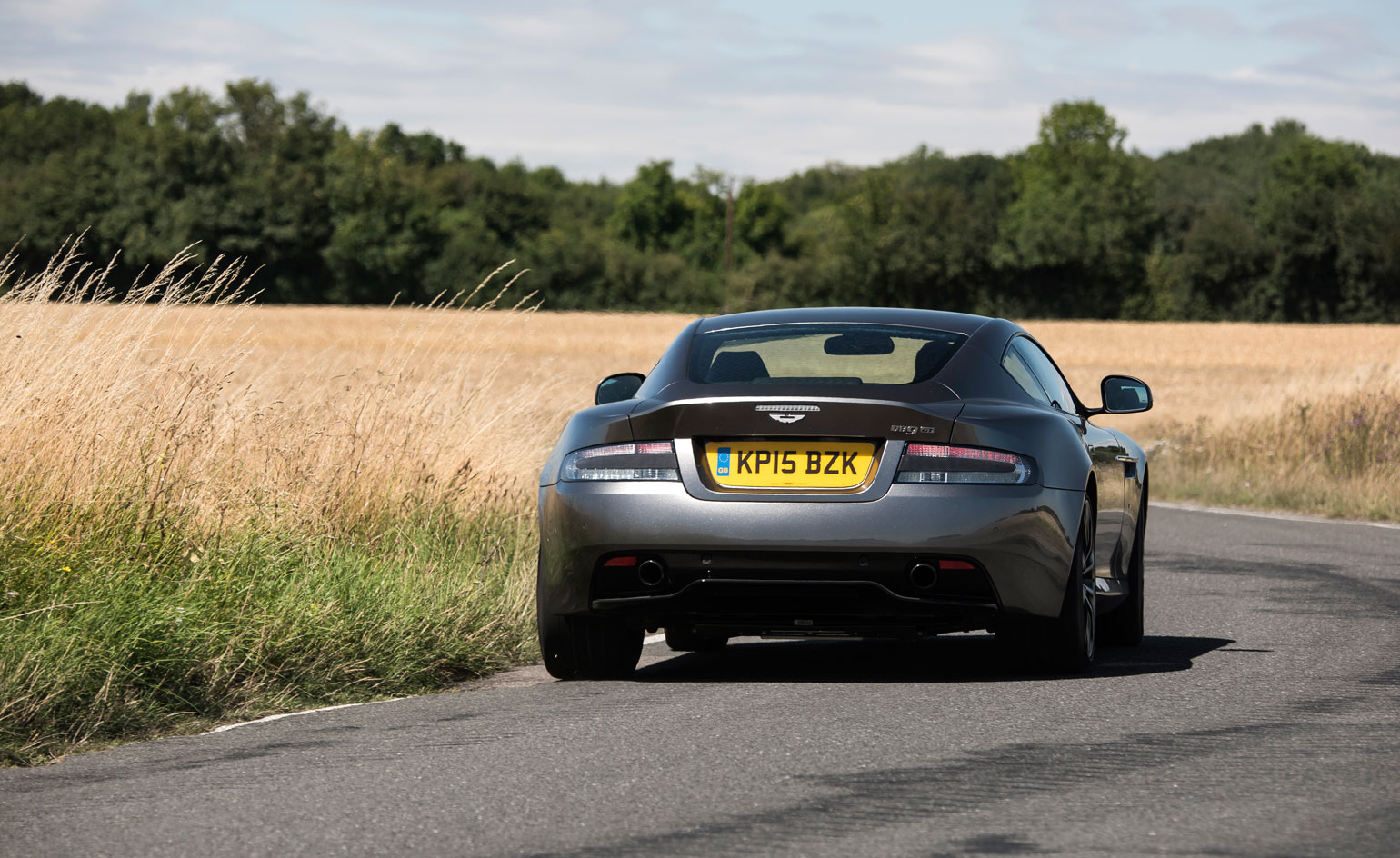
The balance, response and feel of this grand tourer has always been second to none – the Aston Martin interior feels like rich, cosseting embrace, regardless of how many times you get into the car
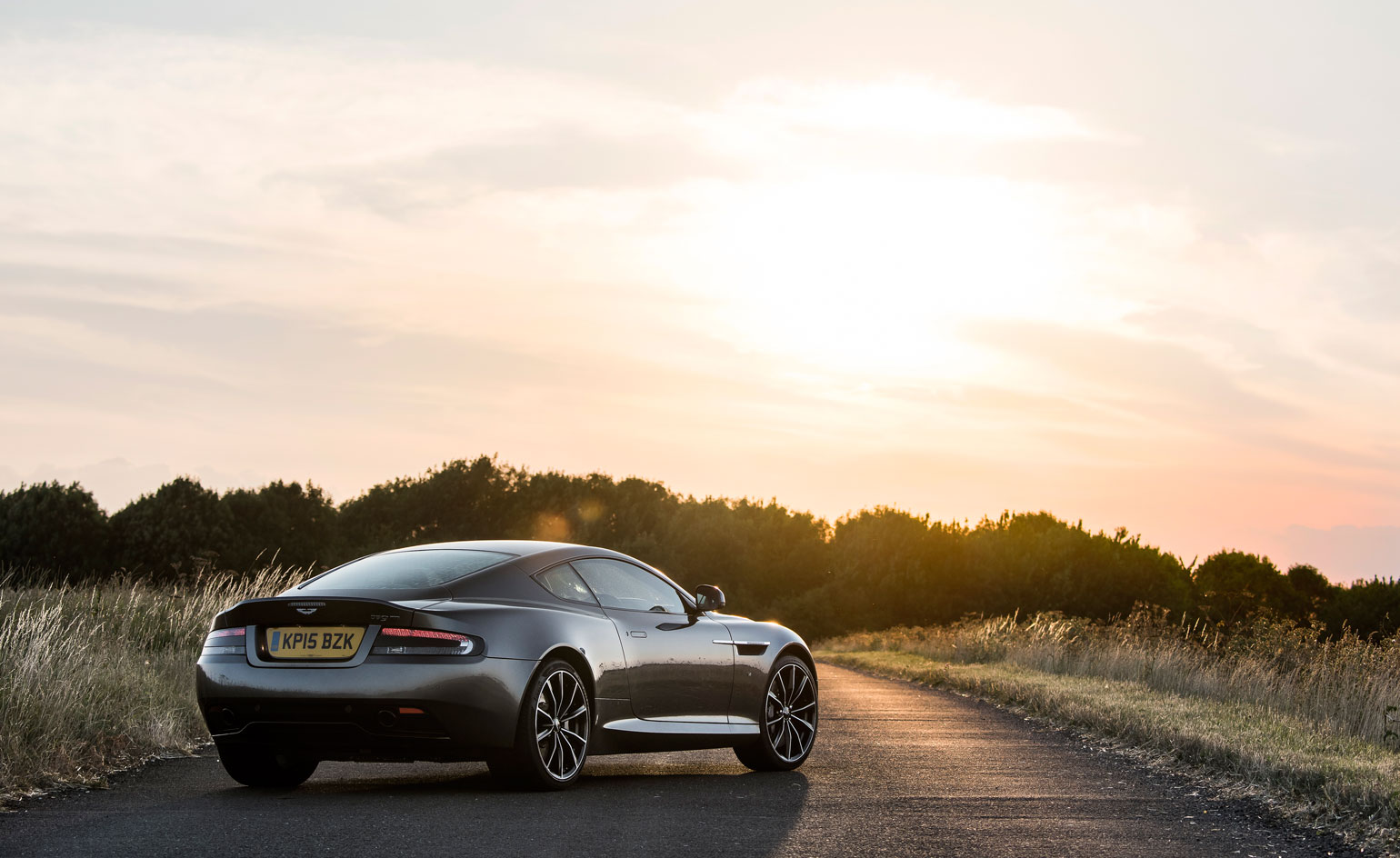
The outgoing model will leave at the height of its power, gracefully exiting the party before anyone has tired of its presence – the DB11 has a big act to follow
INFORMATION
Wallpaper* Newsletter
Receive our daily digest of inspiration, escapism and design stories from around the world direct to your inbox.
From £125,050. For more information, visit Aston Martin
Jonathan Bell has written for Wallpaper* magazine since 1999, covering everything from architecture and transport design to books, tech and graphic design. He is now the magazine’s Transport and Technology Editor. Jonathan has written and edited 15 books, including Concept Car Design, 21st Century House, and The New Modern House. He is also the host of Wallpaper’s first podcast.
-
 Enter the world of Cave Bureau, and its architectural and geological explorations
Enter the world of Cave Bureau, and its architectural and geological explorationsNairobi practice Cave Bureau explores architecture’s role in the geological afterlives of colonialism, as part of a team exhibiting at the British pavilion at the Venice Architecture Biennale 2025
By Marwa El Mubark
-
 All-In is the Paris-based label making full-force fashion for main character dressing
All-In is the Paris-based label making full-force fashion for main character dressingPart of our monthly Uprising series, Wallpaper* meets Benjamin Barron and Bror August Vestbø of All-In, the LVMH Prize-nominated label which bases its collections on a riotous cast of characters – real and imagined
By Orla Brennan
-
 Maserati joins forces with Giorgetti for a turbo-charged relationship
Maserati joins forces with Giorgetti for a turbo-charged relationshipAnnouncing their marriage during Milan Design Week, the brands unveiled a collection, a car and a long term commitment
By Hugo Macdonald
-
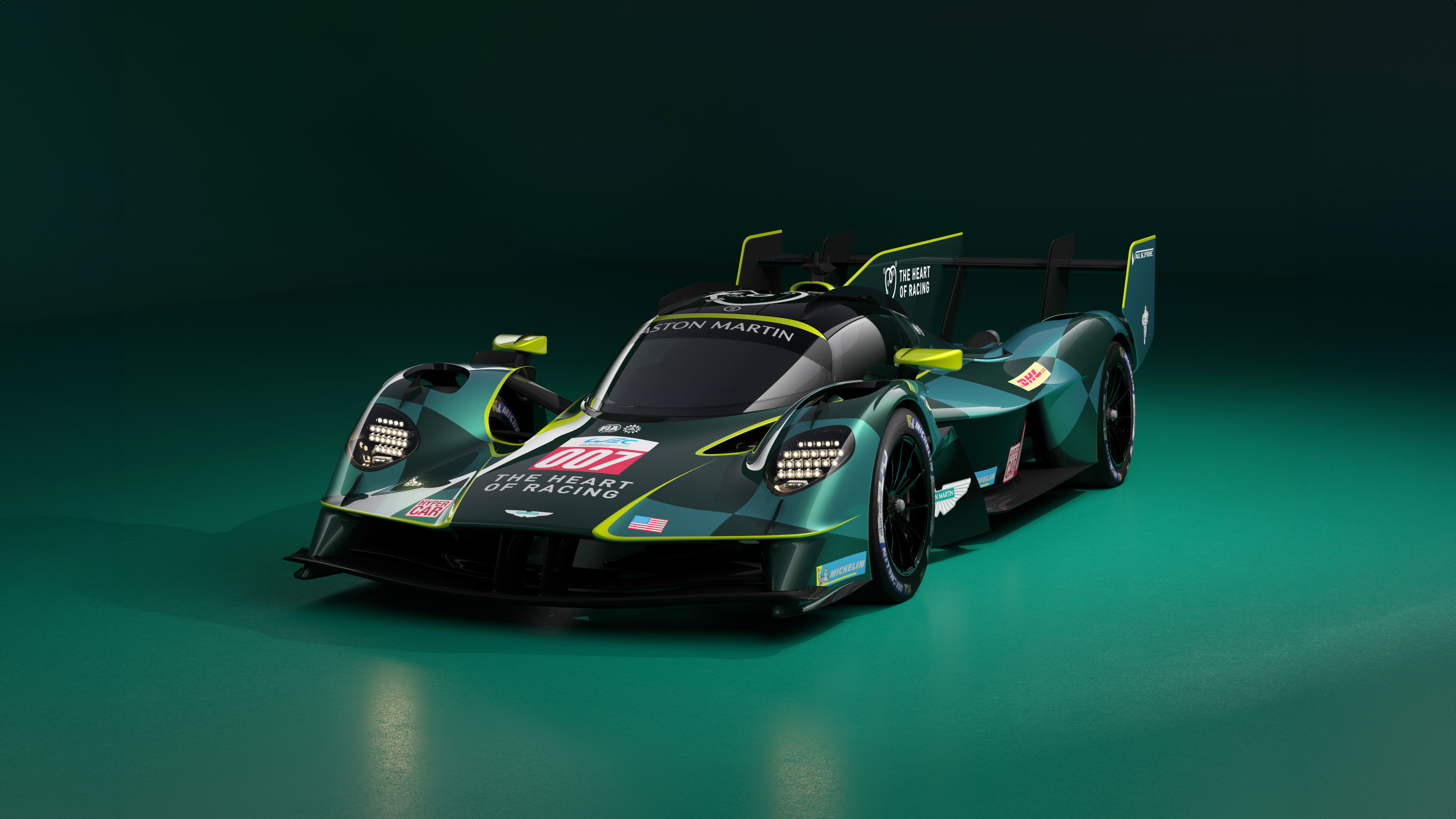 Aston Martin reveals first ever racing variant of its extreme Valkyrie hypercar
Aston Martin reveals first ever racing variant of its extreme Valkyrie hypercarAiming to conquer Le Mans, as well as other endurance races around the world, Aston Martin and The Heart of Racing unveil the track-focused Valkyrie WEC and IMSA challenger
By Jonathan Bell
-
 The new Aston Martin Vantage Roadster gives you an elemental experience
The new Aston Martin Vantage Roadster gives you an elemental experienceEvery statistic about the new Vantage Roadster screams speed; this is a convertible for those in a hurry and unafraid to make a noise about it
By Jonathan Bell
-
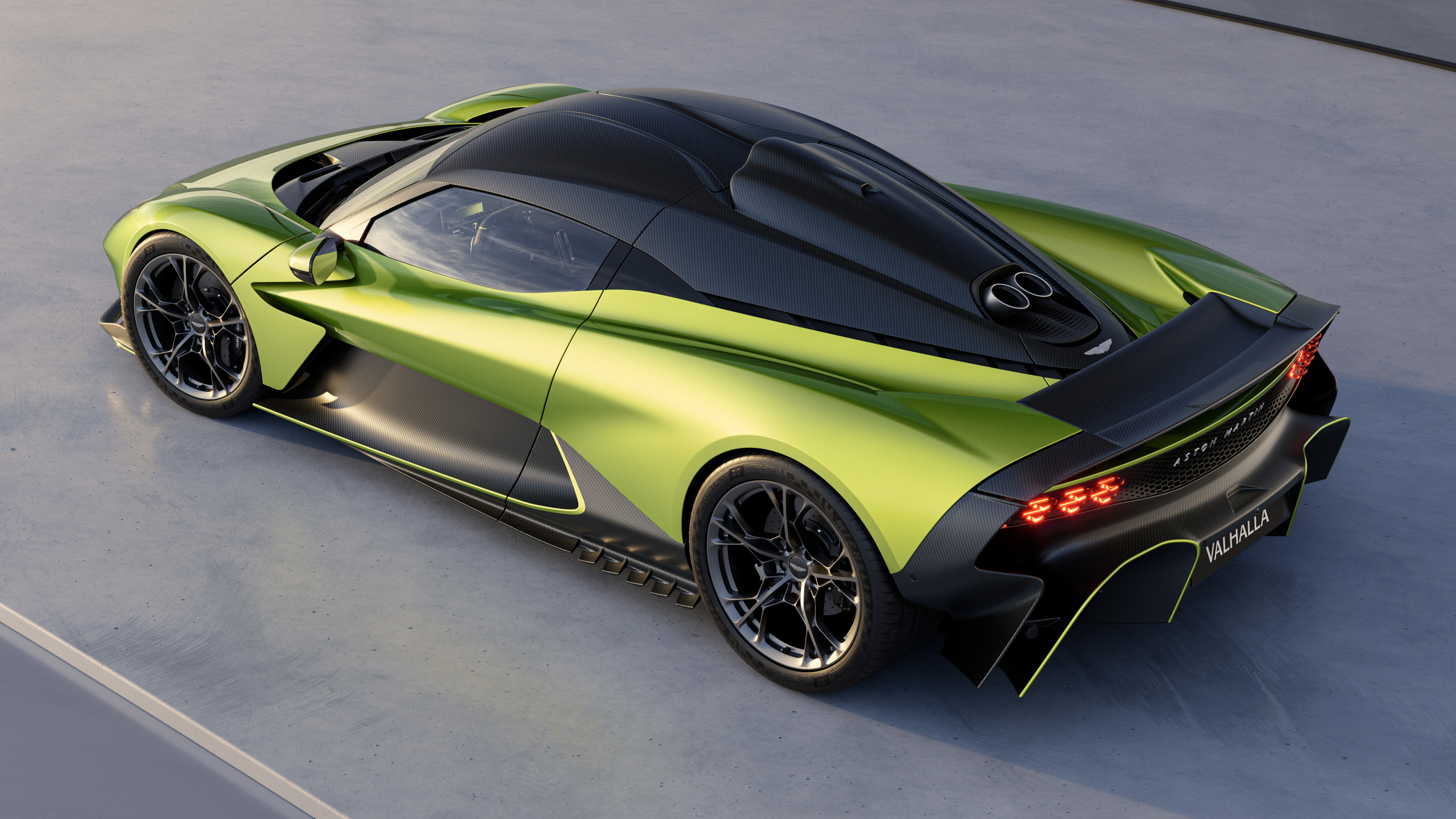 Raise your horns: Aston Martin’s Valhalla blends race-car dynamics and high-tech craft
Raise your horns: Aston Martin’s Valhalla blends race-car dynamics and high-tech craftValhalla is the first ever mid-engine series production Aston Martin, a hybrid V8 limited to 999 units
By Jonathan Bell
-
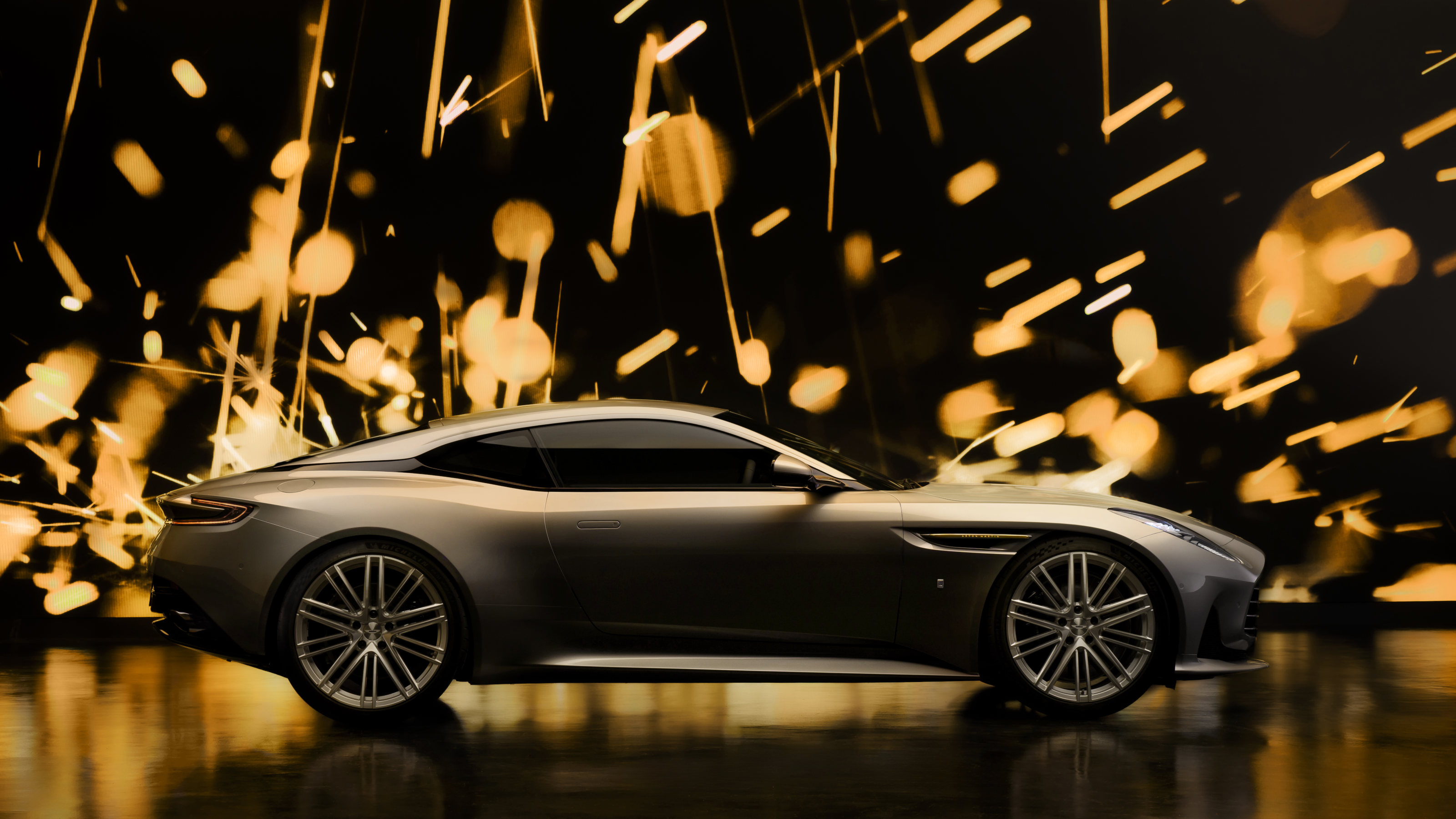 Aston Martin bring the Midas touch to their super tourer with the DB12 Goldfinger Edition
Aston Martin bring the Midas touch to their super tourer with the DB12 Goldfinger EditionReleased in honour of the sixtieth anniversary of the iconic James Bond film, Aston Martin has gone all out to the DB12 Goldfinger Edition a worthy collector’s item for high rolling film fans
By Jonathan Bell
-
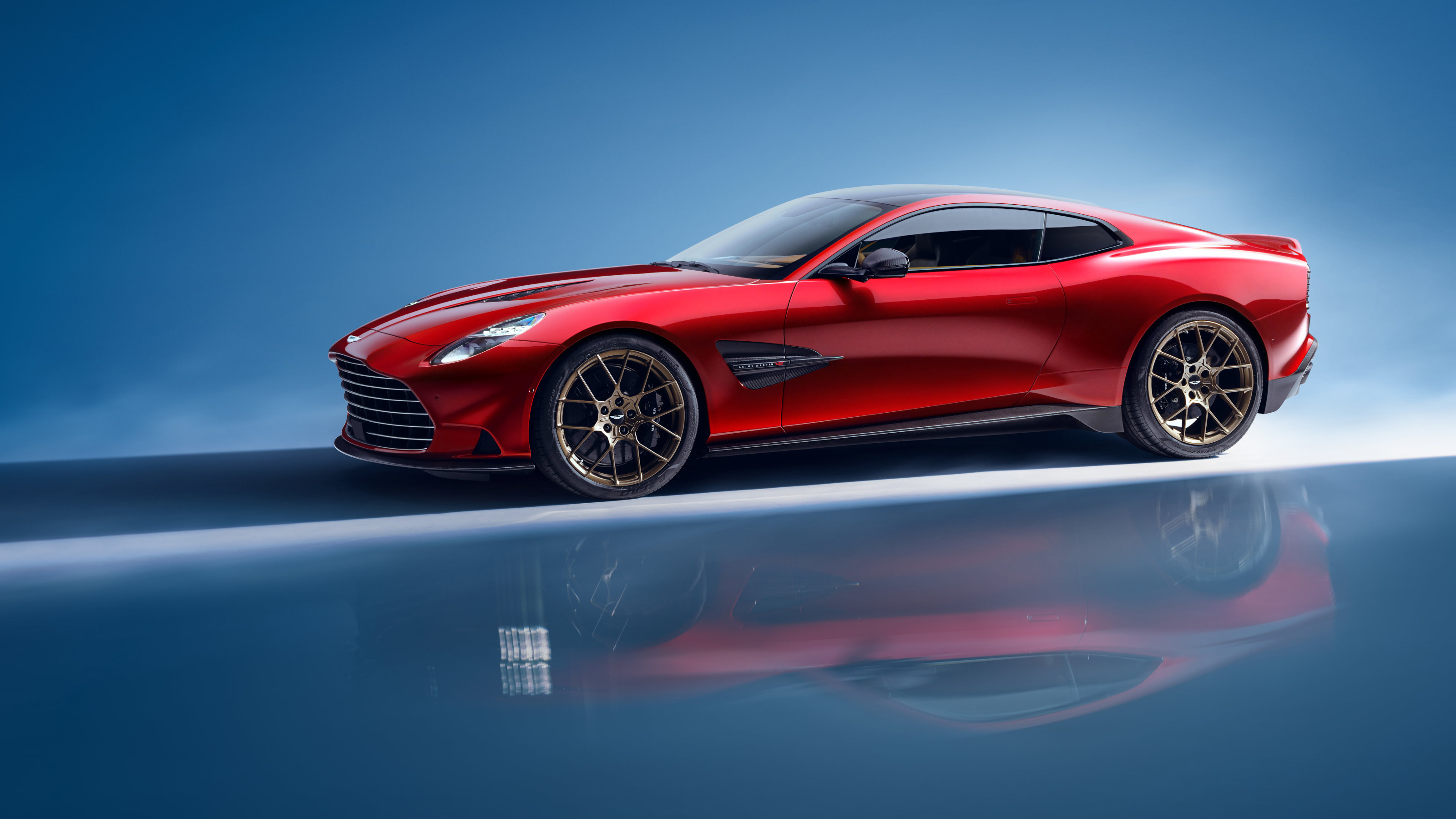 The new V12-powered Aston Martin Vanquish arrives to conquer the world of luxury GT cars
The new V12-powered Aston Martin Vanquish arrives to conquer the world of luxury GT carsThe luxury British marque’s new Vanquish flagship is absolutely, positively, definitely, its final flirtation with V12 power. Or is it?
By Jonathan Bell
-
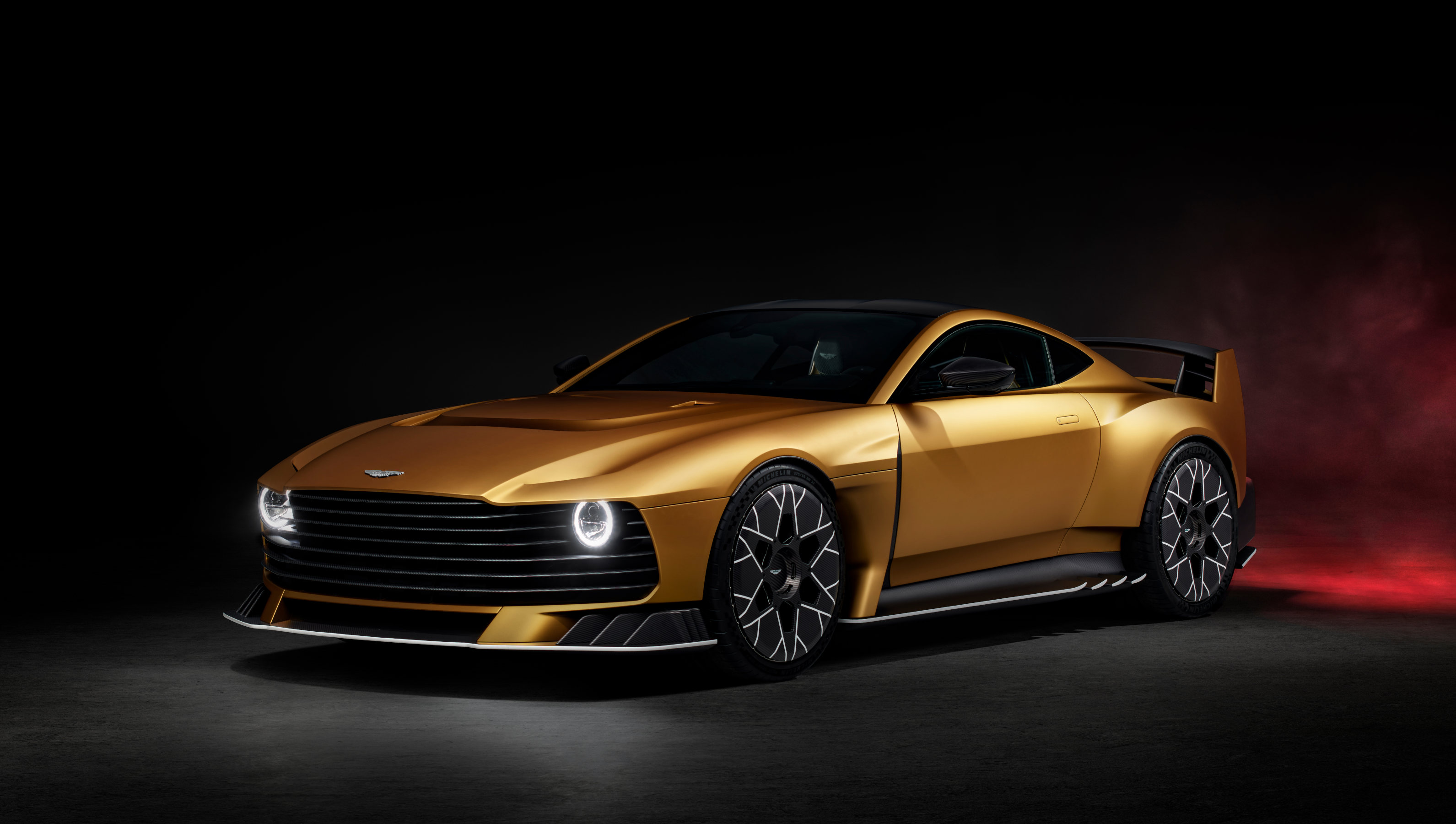 Could a car be any more muscular? Aston Martin unleashes the bold and brutalist Valiant
Could a car be any more muscular? Aston Martin unleashes the bold and brutalist ValiantEquipped with a V12 engine, manual gearbox and chiselled bodywork, the limited-edition Aston Martin Valiant is the company’s most extreme front-engined road car to date
By Jonathan Bell
-
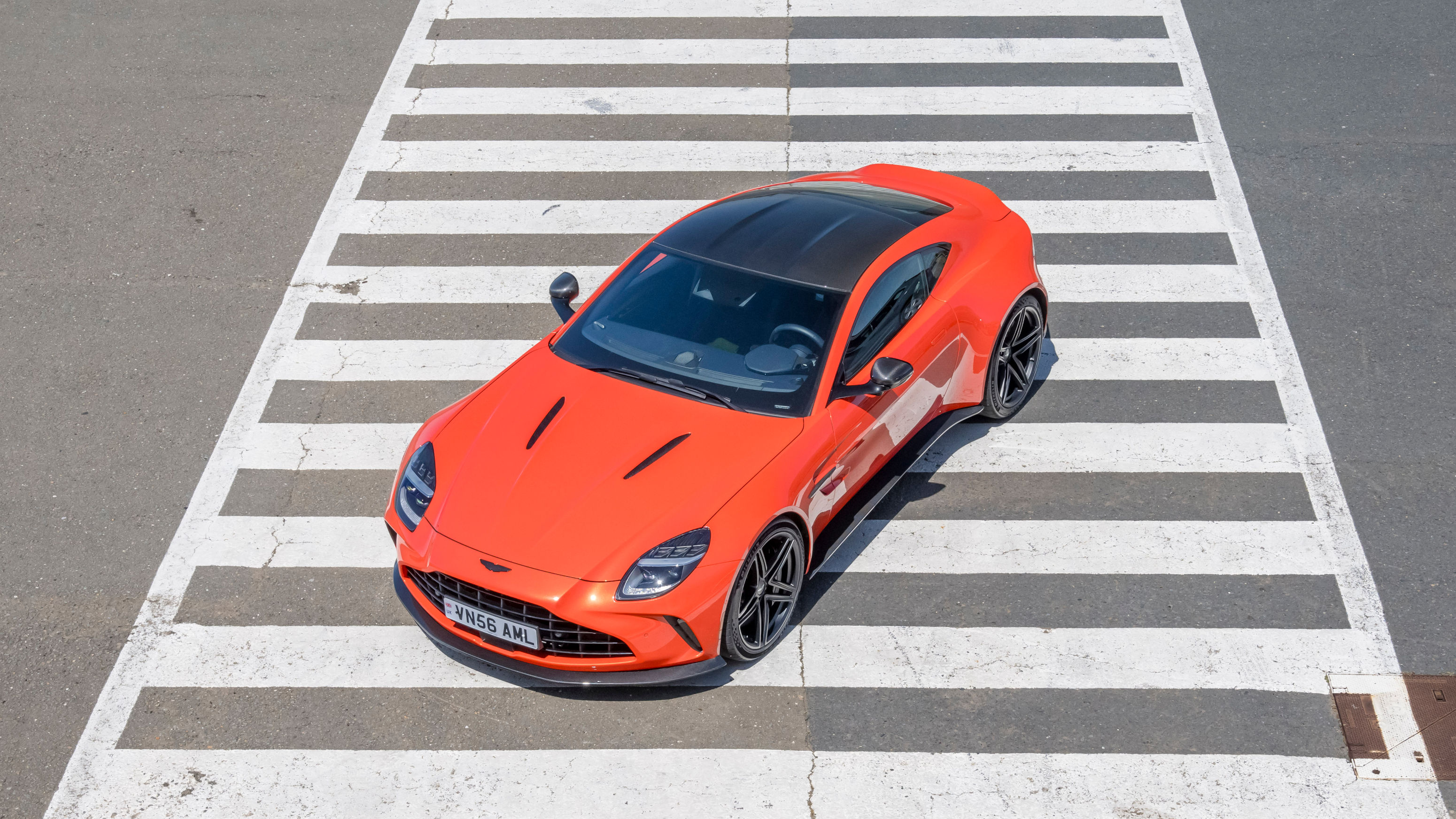 Aston Martin Vantage review: we take the wheel to find out if it makes the supercar grade
Aston Martin Vantage review: we take the wheel to find out if it makes the supercar gradeThe new Aston Martin Vantage is an upgrade on every conceivable metric, resulting in a machine with more power, luxury and dynamic ability than ever before
By Jonathan Bell
-
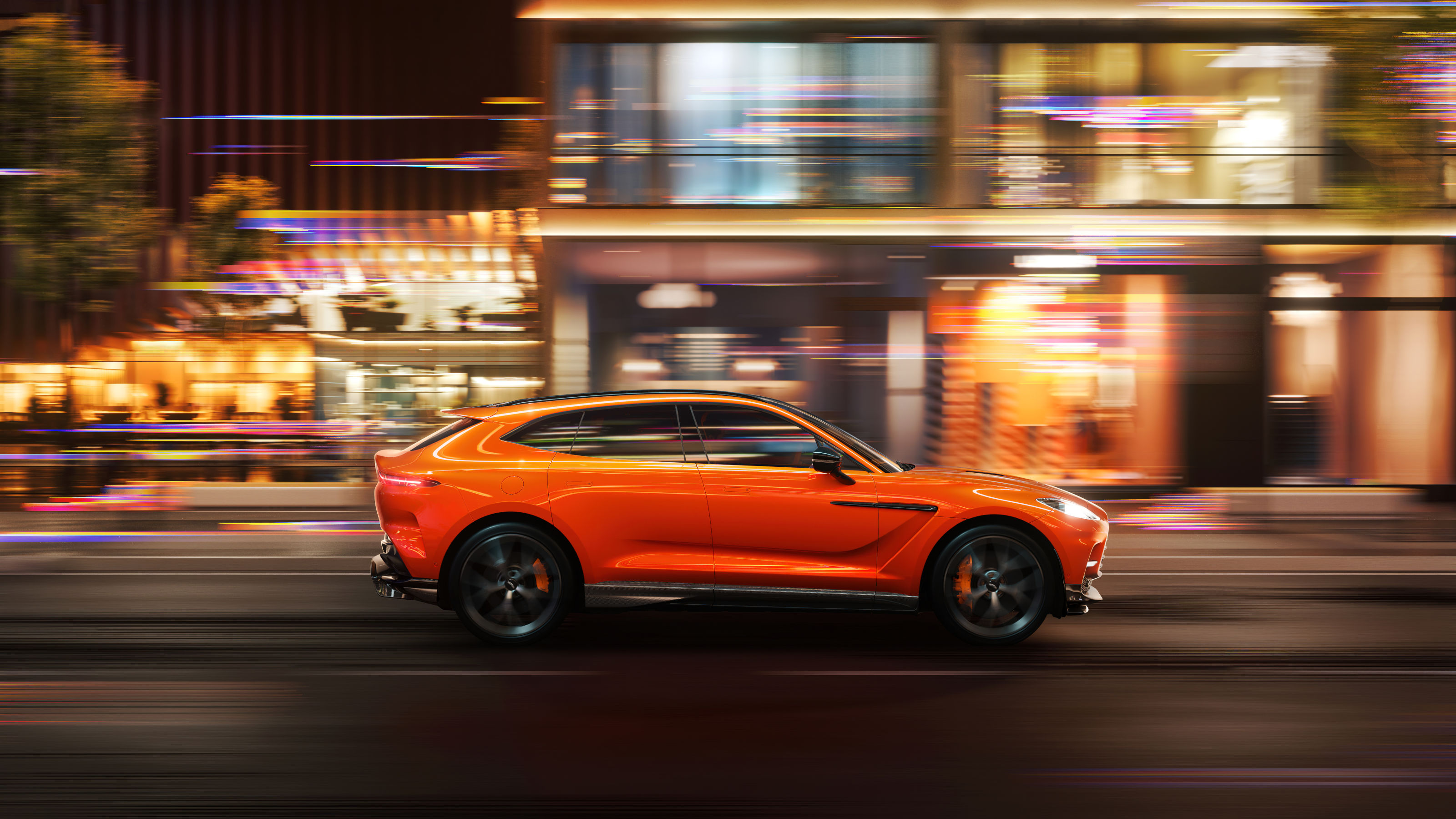 Aston Martin DBX707 SUV is updated with a new interior and infotainment
Aston Martin DBX707 SUV is updated with a new interior and infotainmentThe new Aston Martin DBX707 has better tech, better design but the same raw power, keeping its spot at the top of the ultra-SUV tree
By Jonathan Bell